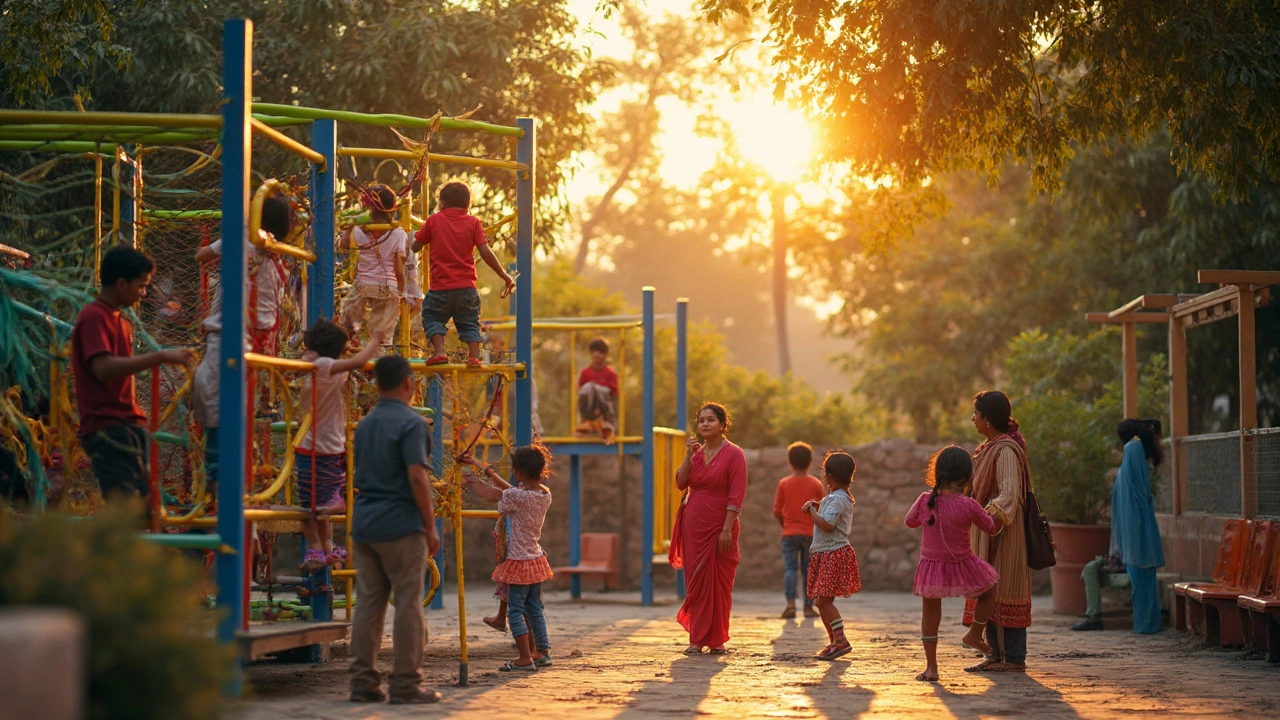Kids Play: Simple Sports Ideas and Safety Tips for Young Athletes
Got a restless kid at home? Turning that energy into play is a win‑win. Whether it’s a backyard game or a quick drill at the park, sports give kids a chance to move, laugh, and learn. Below are practical ideas you can try today, plus the safety basics that keep the fun going without fuss.
Quick‑Start Activities for Kids of All Ages
1. Mini‑Soccer Sessions – All you need is a soft ball and a few cones (or even water bottles). Set up a 10‑by‑10‑meter square and let kids dribble, pass, and shoot. Keep the goals low and celebrate every strike.
2. Backyard Obstacle Courses – Use pillows, chairs, and jump ropes to create a simple course. Kids crawl under tables, hop over ropes, and sprint to the finish. Switch up the layout every few days to keep curiosity high.
3. Throw‑Catch Games – A lightweight tennis ball works great for younger kids, while older ones can graduate to a baseball. Focus on fun throws instead of perfect technique; the goal is to get the hand‑eye coordination moving.
4. Dance‑Fit Challenges – Put on a favorite song and invent a short routine. Include jumps, spins, and goofy moves. It’s a great cardio burst that doubles as a mood booster.
5. Water‑Balloon Sports – On a hot day, replace a basketball with a water balloon. Kids practice shooting, passing, and dodging while staying cool. Just make sure the area is slip‑free.
Safety Basics Every Parent Should Know
Safety isn’t about turning play into a checklist; it’s about a few easy habits that protect kids while they explore. First, pick gear that fits – a too‑big helmet or shoes that slide off can turn a game into a trip. Second, choose a safe surface: grass or rubber mats are kinder on knees than concrete.
Hydration matters, too. Keep a water bottle handy and remind kids to sip regularly, especially during warm weather. If a child feels sore, a quick stretch or a short break often does the trick; there’s no need to push through pain.
Finally, supervise without hovering. Stand nearby, keep an eye on the activity, and step in only if something looks risky. This balance lets kids feel confident while you stay in control.
Mixing these simple games with the safety tips above creates a play environment that’s lively, low‑stress, and beneficial for growth. Kids learn teamwork, improve coordination, and burn off extra energy—all while having a blast.
So, the next time you hear “I’m bored,” grab a ball, set up a quick course, and watch the magic happen. Play isn’t just a pastime; it’s a stepping stone to healthier, happier kids.
